Foreword: Popular popular machine learning programs are popular because they provide a service that most people need, or because they are the first (perhaps the best) to provide services to specific users. The most popular projects include Scikit-learn, TensorFlow, Theano, MXNet, Weka, and others. Depending on the work system used by the individual and the deep learning goals, different people think that the popular items may have slight differences. However, the common feature of these projects is that they all provide services to a large number of users. However, there are still many small machine learning projects: pipes, wrappers, high-level APIs, cleaners, etc. Usually, these projects provide useful and flexible services for small-scale user groups. This article will introduce ten not-so-famous machine learning projects, and you may also get some good inspiration from these projects. It is not recommended that you try all the projects, but if there is exactly one feature you need, please try it. Here are the top ten machine learning projects you can't ignore: (in no particular order): 1. Deepy Developed by Raphael Shu, Deepy is an extension-based learning framework based on Theano, which provides a simple, high-level component (such as LSTMs), batch normalization, and automatic encoding. Deepy declares that its framework is very concise, and its official documentation and examples are the same. Deepy works: The model is run under given training data and parameters (randomly initialized), and the error (or gradient) is fed back and the parameters are updated. This process is repeated. 2. MLxtend Developed by Sebastian Raschka, MLxtend is a collection of effective tools and an extension to machine learning tasks. Sebastian Raschka mentioned that MLxtend is essentially an effective toolset and a reference to machine learning and data science. He mentioned that the development of MLxtend is mainly based on the following reasons: Some specific algorithms not found elsewhere (such as sequence feature selection algorithms, majority vote classifiers, overlay estimates, drawing decision areas, etc.) For educational purposes (logical regression, Softmax regression, multi-layer perceptron, PCA, PCA kernel, etc.) these implementations focus on the readability of the code rather than the simple efficiency Packing facilities: tensorflow, Softmax regression, and multilayer perceptrons MLxtend is basically a library commonly used by machine learning by Sebastian Raschka. Many of the functions are similar to scikit-learn's API, but the author is still updating it. The author indicates all new features and innovations. The algorithms are all packaged together in MLxtend. 3. datacleaner Datacleaner developed by Randal Olson, he thinks that the datacleaner he developed is a "Python tool that can automatically clear data sets and make them easy to analyze." He believes that what datacleaner does will save you a lot of time for coding and cleaning up data. Datacleaner is still in the process of development, but it has been able to handle the following routine (a huge amount of traditional time-consuming data cleaning tasks): Replace missing values ​​with patterns or medians on a column basis Using numerical equivalents to encode non-numerical variables, etc. 4. auto-sklearn Auto-sklearn was developed by the Automated Algorithm Learning Group at the University of Freiburg, Germany. It is an automatic machine learning tool for the Scikit-learn environment. Auto-sklearn is able to free machine learning users from algorithm selection and high-parameter adjustments. It takes advantage of recent research on Bayesian optimization, meta-learning, and integration. Its general working principle is as follows: 5. Deep Mining Deep Mining, developed by Sebastien Dubois from MIT CSAIL Labs, is a machine learning deep-pipe automatic tuner. In order to achieve the best classification accuracy as quickly as possible, the software will iteratively and intelligently test some hyperparameter sets. It is also worth mentioning that the folder GCP-HPO contains all the Gaussian Process (GCP) implementation code and its hyperparameter optimization (HPO) based on it. The Gaussian process (GCP) can be seen as an improved version. This new technology has proven to outperform GP-based hyperparameter optimization and is far better than random search performance. 6. Rusty Machine Rusty Machine is a machine learning method based on Rust. Rust is a kind of computer programming language similar to C and C++ developed by Mozilla. It is called "Rust is a systematic programming language, and it runs extremely fast and can prevent mistakes. And guarantee thread safety." Rusty Machine's developers are active and currently support a range of learning technologies, including linear regression, logistic regression, k-means clustering, neural networks, support vector machines, and more. Rusty Machine also supports data structures such as built-in vectors and matrices. As a common model interface, Rusty Machine provides training and prediction capabilities for each supported model. 7. scikit-image The scikit-image image is an image processing method for SciPy using Python. Is scikit-image machine learning? It is actually a machine learning project (which does not necessarily indicate that they must use machine learning methods), and scikit-image belongs to the category of data processing and preparation tools. The project includes some image processing algorithms such as point detection, filtering, feature selection and morphology. Example: 8. NLP Compromise NLP Compromise is written in a Javascript language that performs natural language processing in the browser. The NLP Compromise is very easy to install and use. Here is an example of its use: 9. Datatest Datatest is a test set that relies on data conflicts and is written in Python. Datatest expands standard database of test tools for data correction Datatest is a different way of finding data conflicts and preparations. If you spend most of your time on this task, it may be worth taking a new approach. 10. GoLearn GoLearn is a machine learning library for Go language. It calls itself a "built-in battery" learning library for Go language machine learning. Concise, easy to customize is its goal. GoLearn is a good option for Python users who want to branch out or Go users who want to try machine learning. GoLearn implements a familiar Scikit-learn adaptation/prediction interface that enables rapid predictive testing and exchange. . GoLearn is a mature project that provides such auxiliary functions as cross-validation and training/testing. If you remember, the previously mentioned Rusty Machine has not yet implemented this function. If you want to try a new Go language, GoLearn may be the one you are looking for. Summary : The above is an overview of the ten machine learning projects. There are both niche but simple and easy-to-use learning frameworks, as well as learning library materials derived from emerging languages. Again, it is not recommended that readers try all projects, but if there are just projects that can solve your current problems, please use them. PS : This article was compiled by Lei Feng Network (search “Lei Feng Network†public number) and it was compiled without permission. Via KDnuggets et al Car Phone Wireless Charging Coil,Circuit Board Induction Coils,Intersection Induction Coils,Induction Coil Set Shenzhen Sichuangge Magneto-electric Co. , Ltd , https://www.rodinductor.com
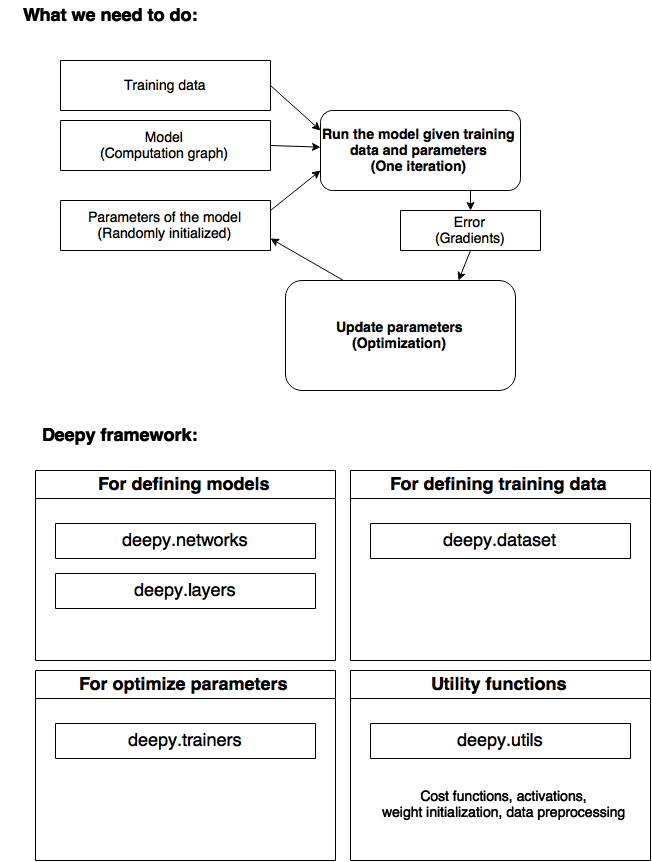
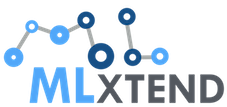
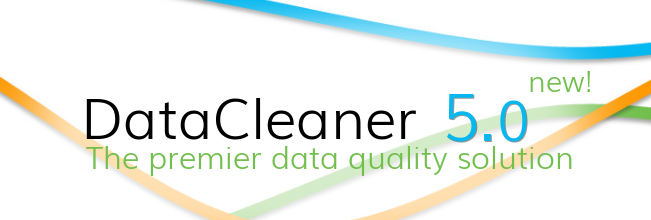
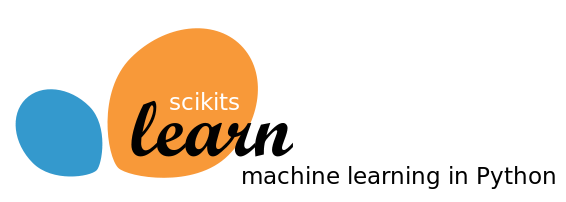

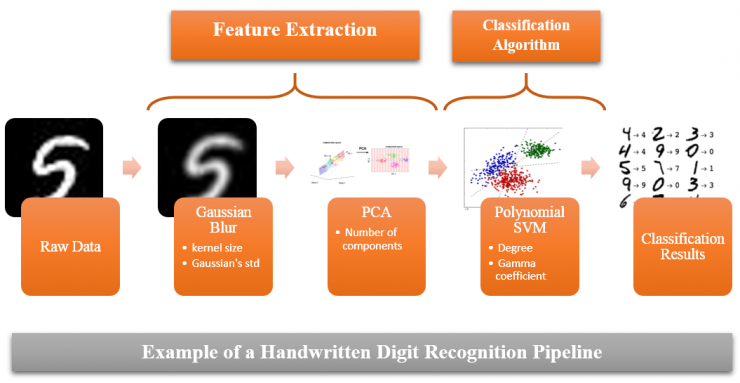





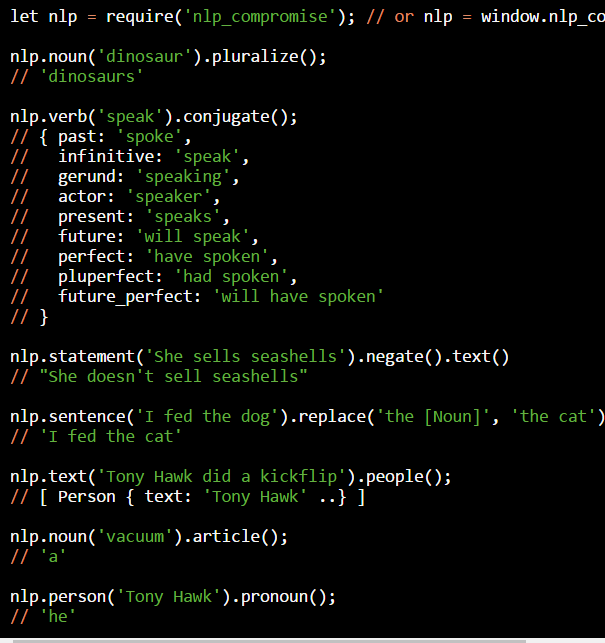


Top Ten Machine Learning Cannot Be Ignored
Top Ten Machine Learning Cannot Be Ignored